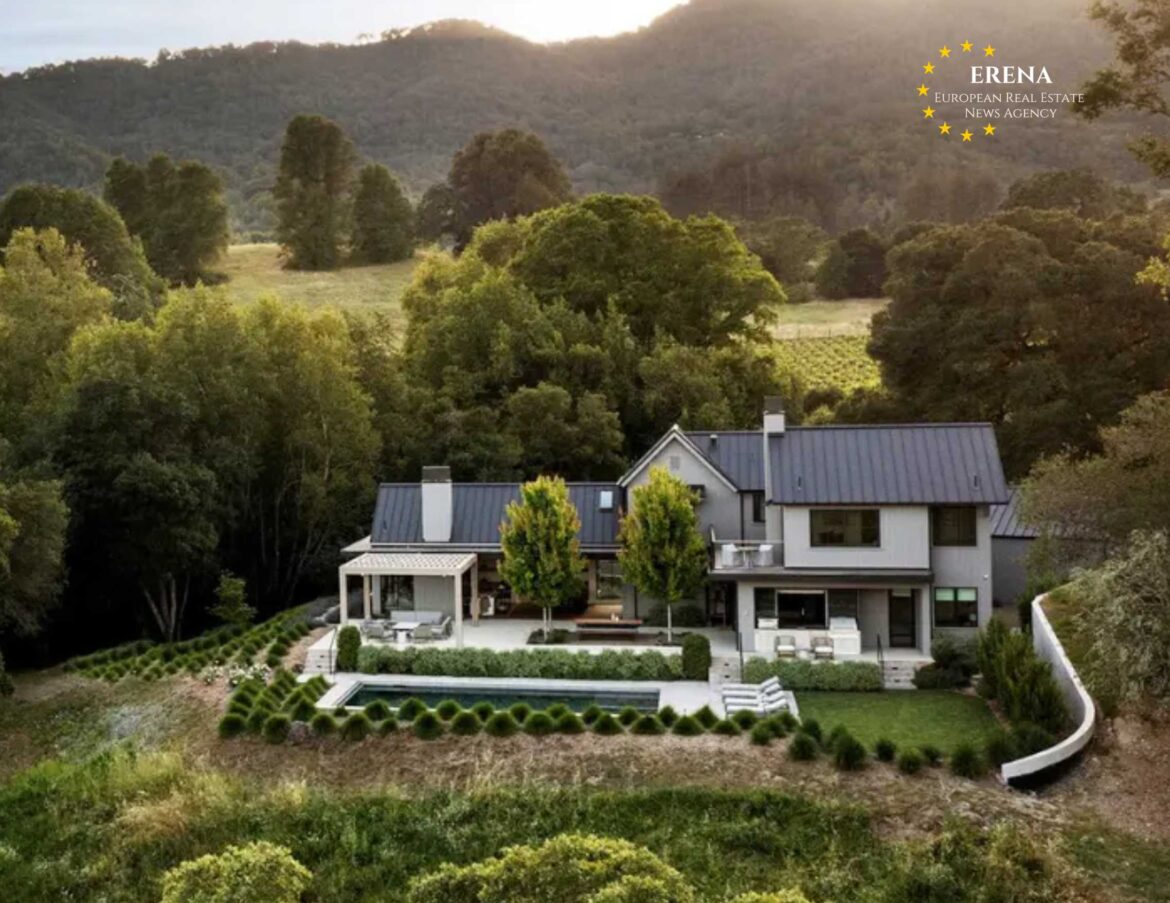As climate change intensifies and extreme weather events become more frequent and severe, traditional construction practices are no longer sufficient to ensure the safety and longevity of residential buildings. Hurricanes, floods, heatwaves, wildfires, and droughts are reshaping the way we think about housing design and construction. Building climate-resilient homes for extreme weather is no longer a niche trend—it is a necessary response to a changing world.
Why Resilient Housing Is Now a Necessity
Recent years have exposed the vulnerabilities of conventional homes. The devastating floods in Western Europe in 2021, increasingly powerful hurricanes in North America, unprecedented heatwaves in Southern Europe, and widespread wildfires in Canada have demonstrated that housing infrastructure must evolve.
Key climate-related threats include:
- Rising sea levels and flooding: Coastal regions must adopt flood-resistant designs.
- Storms and hurricanes: Stronger roofs, reinforced walls, and impact-resistant windows are critical.
- Extreme heat: Northern regions are experiencing heat levels their housing stock is not designed for.
- Wildfires: Fire-resistant building materials are now essential in at-risk zones.
- Water scarcity and droughts: Self-sufficient water systems and sustainable materials support survival in dry regions.
Core Principles of Climate-Resilient Construction
Resilient construction is based on the principles of “resilient design”—an integrated approach combining architecture, engineering, materials, and energy efficiency to protect structures from environmental stresses.
1. Geographic Adaptation
Designs must address local climate threats. For example, flood zones require elevated foundations, while fire-prone areas need flame-retardant exteriors.
2. Structural Reinforcement
Foundations must resist erosion, roofs must withstand high winds, and windows should resist hail damage. Reinforced walls, moisture-resistant panels, and seismic connectors are increasingly used.
3. Energy Efficiency and Autonomy
Homes should maintain comfort in heat and cold with minimal energy use. Solar panels, wind turbines, geothermal systems, and batteries provide resilience during grid failures.
4. Water Collection and Reuse
Rainwater harvesting systems, filters, greywater reuse, and storage tanks ensure water availability during droughts or infrastructure failure.
5. Sustainable and Durable Materials
Eco-friendly and robust materials such as clay blocks, treated timber, recycled steel, and water-resistant concrete reduce environmental impact while enhancing durability.
Technologies Driving Resilient Housing
Innovations that were once experimental are now entering the mainstream of climate-resilient housing:
- 3D concrete printing: Allows for rapid construction with minimal waste and high structural strength.
- Smart homes: Automated systems manage climate, water, and energy use for maximum efficiency and adaptability.
- Passive design: Utilizes orientation, insulation, and natural ventilation to regulate temperature without mechanical systems.
- Sensors and AI: Monitor heat, moisture, and mechanical strain in real time, enabling early intervention.
Economics of Resilient Construction
While building resilient homes typically involves higher upfront costs, they offer long-term financial benefits:
- Reduced maintenance and utility bills
- Higher resale value (7–10% more than standard homes)
- Lower insurance premiums
- Eligibility for tax incentives and green mortgages
Studies show that resilient homes can reduce utility expenses by up to 50% over time and are less vulnerable to damage-related costs.
Global Examples of Resilient Housing
United States: Coastal states are increasingly adopting FORTIFIED Home standards, which provide guidelines for building hurricane- and flood-resistant homes.
Canada: The FireSmart program in British Columbia encourages construction practices that minimize wildfire risks.
Netherlands: Floating homes and elevated foundations are gaining popularity in flood-prone areas.
Germany: The concept of “plus-energy homes”—houses that produce more energy than they consume—is being actively promoted in Bavaria.
Australia: Reflective roofs, drought-resistant landscaping, and advanced ventilation systems are becoming standard in new homes.
Challenges and Barriers
Despite clear advantages, resilient construction faces several obstacles:
- Lack of awareness among consumers and builders
- Higher costs for materials and advanced technologies
- Weak regulation in certain countries
- Limited access to financing for small-scale projects
- Industry inertia and reluctance to change long-standing practices
However, demand for resilient housing is growing steadily as natural disasters become more frequent.
Role of Governments and Insurance Providers
For resilient construction to scale up, public policy and financial institutions must play a role:
- Implement and enforce building codes that reflect climate risks
- Offer grants, tax incentives, and low-interest loans for resilient construction
- Reduce insurance premiums for certified resilient homes
- Penalize non-resilient development with higher risk classifications
Scandinavian countries, Canada, and parts of the U.S. already apply some of these mechanisms to encourage climate-adaptive construction.
Looking Ahead
By 2030, analysts predict that up to 40% of new residential construction in Europe and North America will incorporate climate-resilient design. The combination of technological advancement, affordability of green materials, and climate-focused policy will accelerate this shift.
Climate-resilient homes are transitioning from high-end innovation to a new industry standard.
Conclusion
Building climate-resilient homes for extreme weather is not just a forward-thinking trend—it’s a critical response to today’s environmental challenges. It represents an investment in safety, sustainability, and future-proofing both property and lives. In an age of climate volatility, adaptive, efficient, and durable housing is no longer optional. Only through modern standards, technologies, and design strategies can the construction industry truly shield communities from the growing threats of extreme weather.

